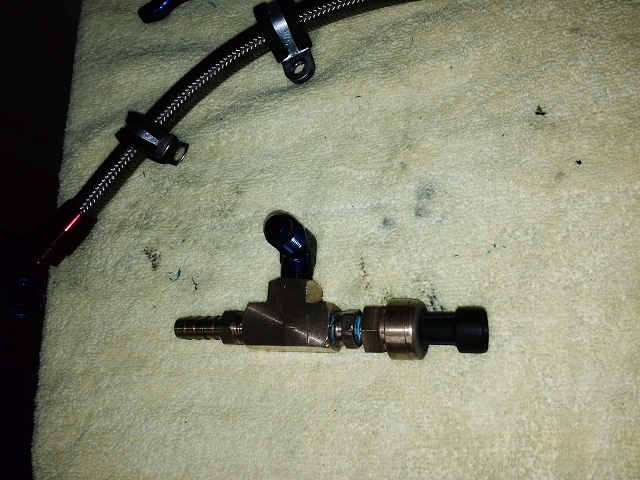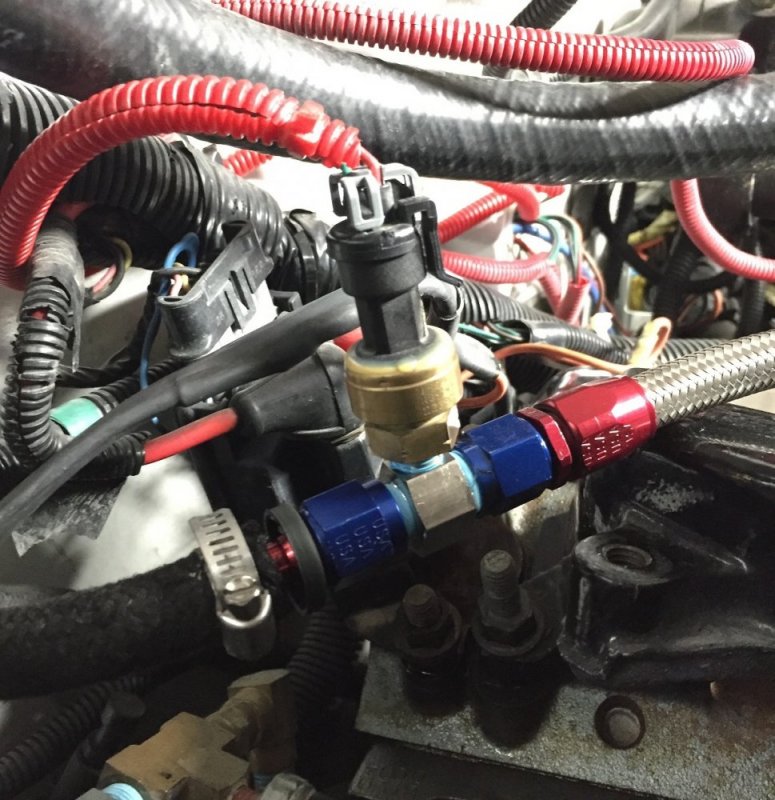Nick Gustafson
Member
So, I've gone and purchased everything that I need for FTB on my truck. To those of you who are running it on a ds4 pump, what benefits have you seen, and what should I expect to see? I'm running a Heath Max-E-Tork tune, Walbro FRC-10 from Leroy Diesel, stock GM-4 set to 15psi, open exhaust, and K47 box. I'll be upgrading to an HX35 at the same time that I do this, and I'm getting custom burned tunes at some point for the truck


